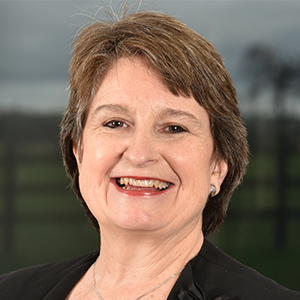The Court of Appeal recently handed down its judgment in the case of Standish, which addressed how a significant amount of money, partly generated before marriage but transferred to the other spouse during marriage, be treated on divorce. The Court considered, do the funds remain the non-marital property of the person who brought them into the marriage or have those funds become the separate property of the receiving spouse? And should the funds be divided equally or in some other way to recognise the non-marital resource?
Standish v Standish: the facts
The husband and the wife in the Standish case started a relationship in 2003 and married in 2005. They had two children together. The husband had retired in 2007, and in 2017 the husband transferred (for tax planning reasons) approximately £77 million worth of shares to the wife which, at the time of the trial, were worth around £80 million. The marriage had broken down in early 2020. At the Final Hearing in May 2022, the Judge determined the total assets to be approximately £133 million. The main issue, however, was the treatment of the shares transferred by the husband to the wife in 2017.
The husband argued that he thought the wife’s income and housing needs amounted to £18.5 million in total but notwithstanding that, she should retain £25 million as her settlement. The husband further claimed that the wealth he brought into the marriage exceeded the current value of the total assets, if updated for inflation, and that the shares transferred had not become matrimonial. Even if they had, however, he argued that they should not be shared equally.
The wife’s case was that the total assets should be shared on a 50/50 basis as she and her husband had “a partnership marriage” and that they chose not to have a marital agreement.
The Judge at the original trial found that the shares transferred had become matrimonial but that it would be unfair to share them equally as that would ignore the pre-marital wealth brought into the marriage by the husband. After excluding some assets as non-matrimonial, the Judge divided the matrimonial assets (including the shares transferred in 2017) on a 60/40 basis in the favour of the husband which gave an overall division of the total assets as to 66/34 in the husband’s favour. The wife was to receive around £45 million. The wife appealed and the husband cross-appealed.
The Court of Appeal decision
The Court of Appeal on 23 May 2024 ordered that the wife’s award should be reduced to £25 million from around £45 million (which seems to be a record reduction) and returned the case to the High Court for a ‘needs assessment’, if the parties are unable to reach agreement. However, in those circumstances, the wife will need to persuade a High Court Judge that £25 million is insufficient to meet her needs.
The Court of Appeal found that the judge at the original trial, Mr Justice Moor, should have assessed what of those 2017 assets could broadly be attributed to the endeavours during the marriage (i.e. in the short period of time prior to the husband’s retirement) and applied the sharing principle only to that portion. Taking that approach and the wife’s share of joint property, the Court of Appeal assessed the wife’s sharing claim to be £25 million.
The landmark ruling makes it clear that source and endeavour are the key factors in determining a fair division of the assets, that sharing arises as a result of shared endeavour in the marital partnership, and that title is no guarantee to fairness.
This is a decision which will have a bearing on similar cases, although the sums involved may often be smaller. Where the overall assets are much smaller, needs will still supersede but this is an important decision for those cases where the sums involved are substantial overall, include pre-acquired wealth which may have been transferred in ownership, and exceed the parties’ needs.
If you have any questions or concerns about big money cases and pre-acquired wealth or any other family query, please contact Emma Harte.
This article is for general information purposes only and does not constitute legal or professional advice. It should not be used as a substitute for legal advice relating to your particular circumstances. Please note that the law may have changed since the date of this article.

